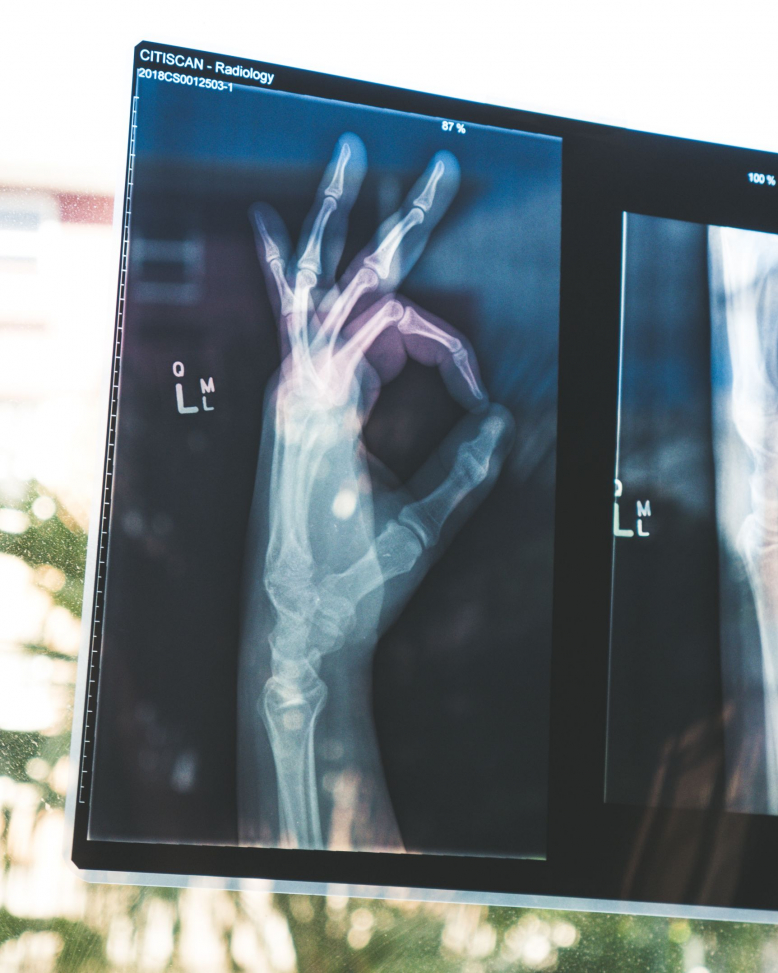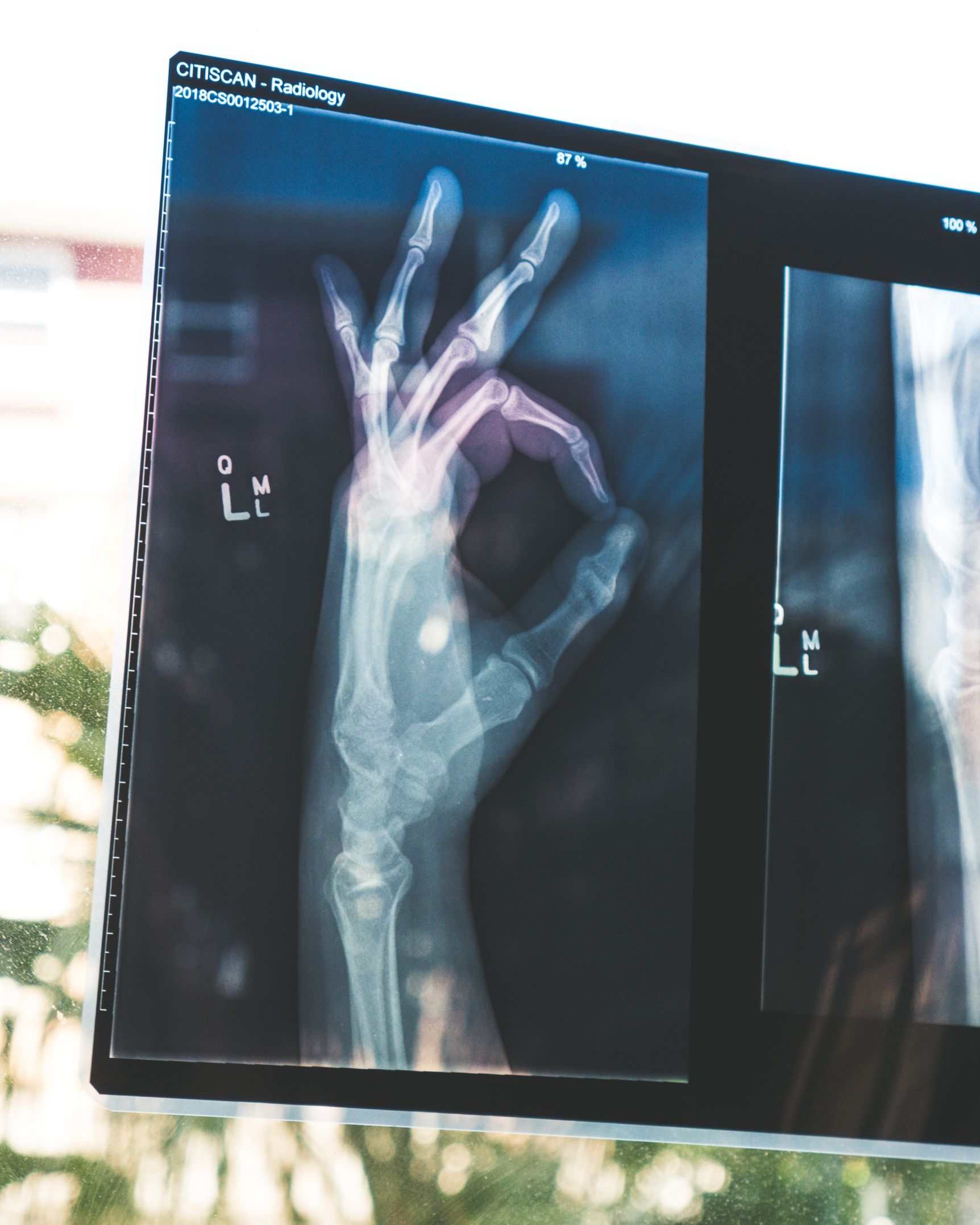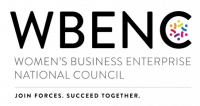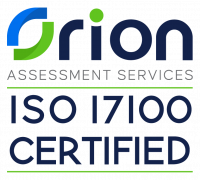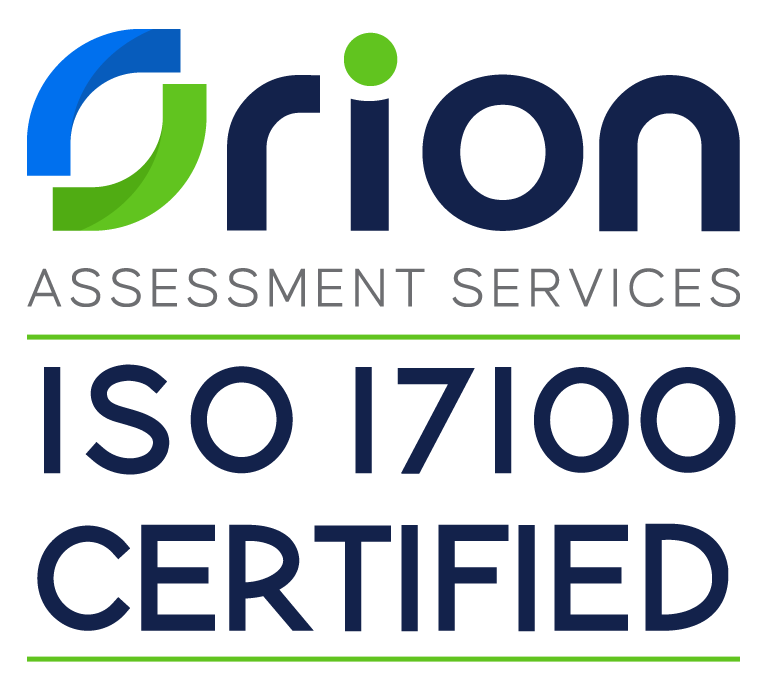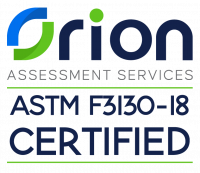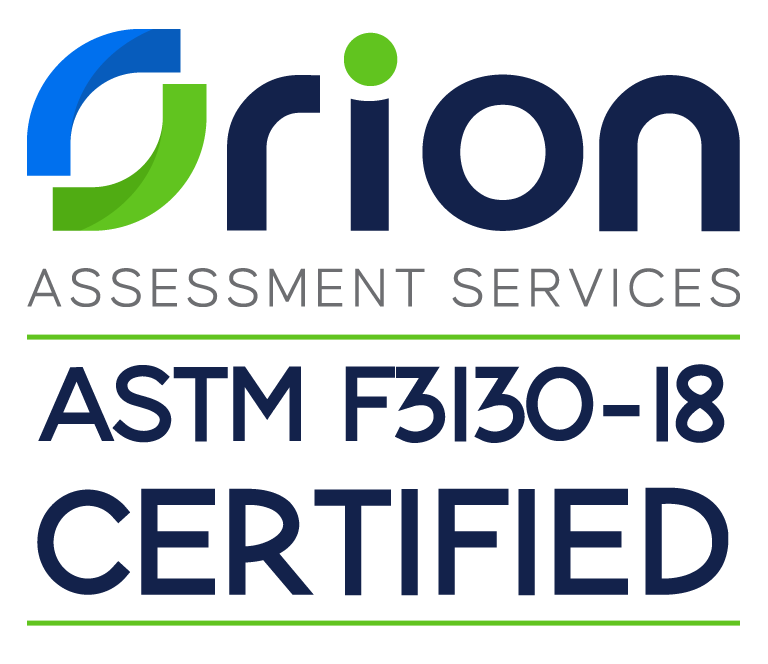Language Barriers to Healthcare Access and Challenges to Tackle
Colorado residents who speak a language other than English at home face barriers to healthcare, including difficulty taking time off work or paying for care, lack of health insurance, and fear of discrimination or deportation. This has led to a decreased rate of healthcare access compared to English speakers.
Some of the challenges needed to be tackled:
1. Communication Breakdowns: Language barriers lead to misunderstandings between patients and healthcare providers, compromising medical accuracy and treatment plans.
2. Limited Healthcare Access: Non-English speakers may struggle with appointment scheduling, paperwork, and insurance processes, resulting in delayed or inadequate healthcare.
3. Reduced Patient Engagement: Language barriers can make patients feel unheard or disregarded, affecting satisfaction and trust in the healthcare system.
4. Medical Errors: Miscommunication can lead to medical errors, including incorrect prescriptions or treatment instructions.
5. Limited Utilization of Preventive Care: Language barriers can deter non-English speaking patients from seeking preventive care and early interventions.
Addressing these challenges through language-centered design has the potential to create inclusive healthcare environments that prioritize patient-centric care and break down barriers for non-English speaking communities. By incorporating services such as interpretation support, translated materials, and multilingual signage, healthcare institutions can foster better communication, understanding, and trust between patients and providers. This, in turn, may contribute to improved health outcomes for diverse patient populations, as patients can more effectively navigate the healthcare system, adhere to treatment plans, and have a more satisfactory healthcare experience.
Understanding Language-Centered Design
Language-centered design is a patient-centric approach that prioritizes effective communication and inclusivity in healthcare environments. By recognizing the diverse linguistic needs of patients, this design philosophy aims to break down language barriers and create spaces where everyone feels understood and valued.
Multilingual Signage: In language-centered design, hospitals incorporate multilingual signage to guide patients, visitors, and staff effectively. Clear directions and information in different languages help patients navigate the facility with ease, reducing confusion and anxiety.
Translated Patient Materials: Vital medical information, consent forms, and instructions are translated into multiple languages to ensure patients comprehend their healthcare journey. By providing information in their native languages, patients can make informed decisions, leading to better treatment adherence and improved health outcomes.
Interpretation Services: The significance of interpretation services cannot be overstated in language-centered design. On-site and remote interpretation services enable real-time communication between patients and healthcare providers, fostering accurate understanding and trust.
Enhanced Patient Experiences: Language-centered design enhances patient experiences by promoting meaningful interactions with healthcare professionals. Patients feel heard, respected, and cared for when language barriers are effectively addressed, leading to higher patient satisfaction.
Improved Health Outcomes: Breaking language barriers through language-centered design has a direct impact on health outcomes. Patients are more likely to follow treatment plans, engage in preventive care, and manage chronic conditions effectively.
Inclusive Healthcare Environments: Overall, language-centered design creates inclusive healthcare environments where linguistic diversity is embraced, and cultural nuances are acknowledged. Hospitals become places of comfort and care for all patients, regardless of the language they speak.
By embracing language-centered design, healthcare institutions can transform the way they deliver care, ensuring that language is no longer a barrier to quality and compassionate healthcare experiences. This patient-centric approach fosters an environment of trust, empathy, and healing, contributing to improved health outcomes for diverse patient populations.
The Role of Translation Services
In healthcare settings, professional translation services play a crucial role in ensuring effective communication and equitable care for non-English speaking patients. Here's why:
1. Patient Education Materials: Translating patient education materials into multiple languages empowers patients to make informed decisions about their health. Whether it's explaining medical conditions, treatment options, or post-care instructions, accessible information enhances patient understanding and compliance.
2. Consent Forms: Consent forms are legal documents that require clear comprehension. Professional translation ensures that patients fully grasp the implications of their consent, promoting ethical and patient-centered care.
3. Medical Instructions: Accurate translation of medical instructions is essential for patient safety. From dosage details to medication administration guidelines, precise translations prevent errors and adverse reactions. By leveraging professional translation services, healthcare institutions can bridge language gaps and ensure that language is never a barrier to high-quality care. These services promote patient safety, enhance patient-provider communication, and foster an environment of inclusivity and trust in the healthcare system.
On-Site Interpretation Services
On-site interpreters play a vital role in facilitating effective communication between healthcare providers and non-English speaking patients. Their presence ensures that critical medical information is accurately conveyed and understood. Here's why on-site interpretation services are indispensable:
Real-Time Communication: On-site interpreters offer immediate, real-time language support during medical encounters. They can clarify complex medical jargon and ensure patients comprehend their diagnosis, treatment options, and care plans.
Cultural Sensitivity: Interpreters are not only fluent in multiple languages but also possess cultural awareness. This allows them to bridge cultural gaps, fostering a trusting and respectful patient-provider relationship.
Improved Patient Outcomes: By reducing misunderstandings, on-site interpreters help prevent medical errors and enhance patient safety. Patients can actively participate in their care decisions, leading to better health outcomes.
On-site interpretation services show healthcare institutions' commitment to equitable care and patient-centered communication. They remove language barriers, create a supportive healthcare environment, and lead to positive patient experiences and outcomes.
Leveraging Technology for Language Services
In today's digital age, technology has revolutionized language services, making communication more efficient and accessible for non-English speaking patients. One of the most notable advancements is Video Remote Interpretation (VRI), a technologydriven language service that offers real-time interpretation via video conferencing. Here's how technology is transforming language services in healthcare:
1. Video Remote Interpretation (VRI): VRI connects patients and healthcare providers with remote interpreters through video conferencing platforms. This ondemand service allows for immediate access to interpreters proficient in various languages, enhancing communication during medical encounters.
2. Optimal Efficiency: With VRI, healthcare facilities can access interpreters within seconds, reducing wait times for language support. This quick response time ensures that critical medical information is relayed promptly, leading to faster decision-making and treatment.
3. Cost-Effectiveness: VRI eliminates the need for on-site interpreters in every language, making it a cost-effective solution for language services. Healthcare institutions can easily access interpreters for less common languages without the need for physical presence.
4. Accessibility: Technology-driven language services like VRI are available 24/7, ensuring round-the-clock language support for healthcare providers and patients. This accessibility is especially beneficial in emergency situations when immediate language assistance is crucial.
5. Confidentiality and Privacy: VRI platforms prioritize patient privacy and comply with healthcare regulations, such as HIPAA, ensuring the confidentiality of medical information. Patients can communicate with interpreters from the comfort and privacy of their hospital room.
6. Multilingual Support: VRI platforms offer a wide range of languages to accommodate the linguistic diversity of patients. Healthcare facilities can choose from a comprehensive list of languages to provide inclusive care to all patients.
7. Remote Capabilities: The ability to access VRI remotely is advantageous in telemedicine settings and in providing language services for patients in remote or underserved areas.
8. Improved Patient Experiences: Technology-driven language services like VRI contribute to a positive patient experience. Patients feel more at ease when they can effectively communicate with their healthcare providers in their native language, fostering a sense of trust and confidence in their care.
By embracing technology-driven language services like VRI, healthcare institutions can optimize efficiency, enhance accessibility, and improve patient experiences. This integration of technology in language services aligns with the overall goal of creating inclusive and patient-centric healthcare environments that prioritize effective communication and equitable care delivery.
Empowering Healthcare Providers
Healthcare providers play a pivotal role as advocates for language-centered design, ensuring that language is never a barrier to delivering high-quality care to every patient. Empowering healthcare professionals with multilingual training and encouraging proactive use of language services can lead to a more inclusive and equitable care delivery system. Let's explore the significance of empowering healthcare providers in embracing language-centered design:
1. Advocates for Language-Centered Design: Healthcare providers are on the front lines of patient care, and they can champion the importance of language-centered design within their institutions. By raising awareness and advocating for language services, providers can ensure that their colleagues understand the impact of effective communication on patient outcomes.
2. Building Trust and Rapport: Patients feel more at ease when they can communicate in their native language with their healthcare providers. Multilingual training helps build trust and rapport, fostering a comfortable environment where patients can express their concerns and participate actively in their healthcare decisions.
3. Improving Patient Safety: Clear communication is critical for patient safety, and multilingual training reduces the risk of medical errors caused by language barriers. Providers who can communicate directly with their patients can better understand their symptoms, allergies, and medical history, ensuring safer and more effective care.
4. Celebrating linguistic diversity: Linguistic diversity can bring a richness of culture and perspectives to healthcare settings. By embracing language-centered design and celebrating linguistic diversity, healthcare institutions can create a welcoming and supportive environment that fosters healing and empathy.
Healthcare institutions can create a more patient-centric and equitable care environment by empowering healthcare providers to be advocates for languagecentered design and offering multilingual training. This will also help create a healthcare system that values and celebrates the diversity of its patients. In conclusion, language-centered design stands as a vital pillar in fostering inclusivity and delivering quality healthcare to all individuals, regardless of their language background. Breaking down language barriers holds the transformative power to revolutionize patient experiences and outcomes, creating a more compassionate and effective healthcare system. The challenges faced by healthcare institutions in serving non-English speaking patients are real and demand our attention. Misunderstandings arising from communication breakdowns can compromise medical accuracy and treatment plans, impacting patient safety and satisfaction. Limited access to healthcare services, reduced patient engagement, and disparities in healthcare outcomes further highlight the urgency for change.
Language-centered design addresses these challenges by prioritizing inclusive healthcare environments. Multilingual signage, translated patient materials, and interpretation services form the backbone of this approach, ensuring that language is no longer a barrier to quality care. The result is an enhanced patient experience, improved health outcomes, and a healthcare system that truly caters to diverse patient populations.
As we embrace language-centered design, we celebrate the linguistic diversity of our communities. We build bridges of communication, understanding, and trust, enabling patients to receive the care they need and deserve. We empower healthcare providers to be advocates for equitable care delivery, armed with the tools of multilingual training and cultural competence.
We encourage healthcare institutions to take the lead in this transformative journey. Embrace language-centered design as a core value, and partner with language services companies to create patient-centric environments that break down language barriers and foster healing.
Together, we can build a healthcare system that speaks the language of empathy, compassion, and inclusivity for all. Let us make the promise of equitable and compassionate care a reality, leaving no patient behind due to language barriers. By standing united in language-centered design, we will create a brighter and healthier future for every individual we serve.
So, let us embark on this path hand in hand, embracing the power of language to transform lives, one word at a time.
Need help?
We are committed to supporting healthcare providers in their journey toward languagecentered design. Our mission is to break down language barriers and foster inclusive healthcare environments that prioritize patient-centric care.
If you're ready to embark on this transformative path, we're here to help. Feel free to reach out to us!
